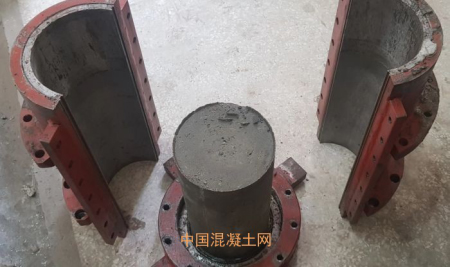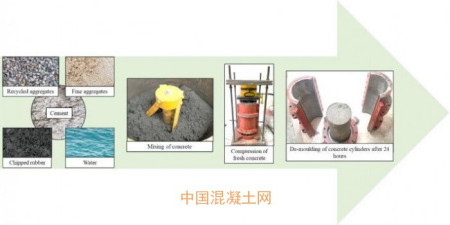Scientists combine tires and building rubble to increase concrete strength by 35%
In addition to finding new uses for waste products, we have also seen that adding recycled rubber tires to concrete can make the material stronger and more heat-resistant. New research continues to expand the possibilities in this area. Scientists have proposed a new method of manufacturing recycled concrete aggregates, which can produce a version that is 35% stronger than traditional concrete.
By blending cement, water, gravel, sand and other ingredients, scientists continue to experiment with the composition of these different ingredients in pursuit of better building materials. Last year, scientists at the Royal Melbourne Institute of Technology (RMIT) in Australia used discarded tires and building rubble to form a new type of recycled concrete aggregate, which seemed to be very suitable for roads.
This latest breakthrough is also from an engineer of RMIT University, who also uses rubber tires and building rubble to restore courses and fine aggregates. The key to the breakthrough is a customized mold that compresses these ingredients, cement and water to a minimum volume, thereby increasing the strength of the precast concrete material by 35%.
"By enhancing the performance of recycled waste without using any additional materials, we have developed a feasible and practical solution that solves the performance problems related to waste recycling in concrete," said Professor Wu Yufei from the RMIT School of Engineering .
The researchers are now looking for industry partners to develop and test precast concrete projects such as blocks, roadside obstacles, and wall panels, and say that the simplicity of the technology heralds the possibility of such applications.
"The technology can be easily applied to the precast concrete industry, and only needs to add an extra step in the final stage of production, so there is almost no need to change the existing manufacturing process," Kazmi said.
The research was published in the journal "Resources, Conservation and Recycling".


